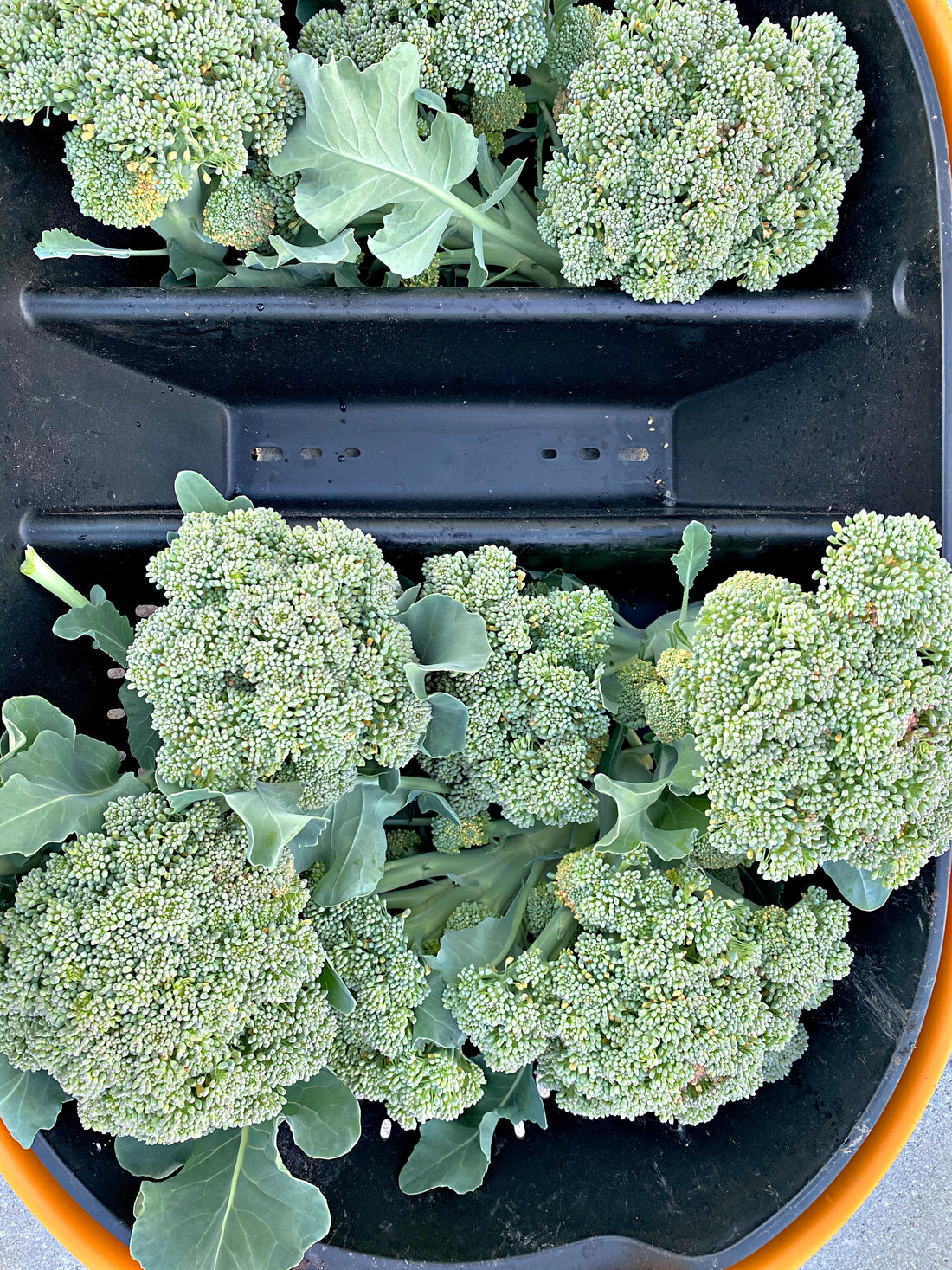
Soil Composition & Why it Matters
Share
Soil Composition, Amending your Soil, and Why Soil Health Matters
Mandi Pickering/ Wild Oak Farms
The foundation of a good garden is undoubtedly what lies underneath our feet. As we walk the garden paths and fields containing crops, what is directly under the soles of our feet is alive. In order to understand how all of this works, I truly believe you have to start with the understanding that the soil is a living thing. It is alive. It is rich with purpose and promise.
By definition, soil is a mixture of organic matter, minerals, liquids, gasses, and organisms that support life. Read that again. It takes all of those components. No wonder soil health and soil longevity can be confusing and downright hard at times.
But it doesn’t have to be. By understanding the components, valuing each of their purposes, and putting in just a tiny bit of work each season, you will reap the benefits in a multitude of ways. Building a solid foundation, or rebuilding the foundation of the soil you are working with, is not just going to give you a more successful harvest, it is also giving life to a whole working ecosystem. A working ecosystem located right in your backyard.
The structure of your soil is all of its working parts put together. Almost like building blocks that fit just right next to one another. Solid soil structure is what allows water, air, and nutrients to flow through it. This is what brings life into your plants. But the structure of your soil is also what prevents against erosion, ponding, and nutrient depletion. If you haven’t already, completing a soil test of your planting areas would be the best place to start! It is super simple and will provide you with the knowledge you need when it comes to amending. It is noteworthy that if you are planting in raised beds, you will want to test more than one bed and not just assume it is a one size fits all. It can be a one size fits most, but by doing more than one area, you will have a better representation of how you might need to amend your beds.
It is very easy to do a quick soil test at home – at no cost! Start by simply filling a mason jar 1/3 of the way full with well-sifted soil, add a drop of dish soap, and add water almost to the top. Shake until well mixed and then let the jar settle for 1-2 days. As the soil settles you will begin to see a clear outline of the three layers in soil. Clay, sand, and silt. We call these horizons. The proportions of each of these will tell us all we need to know about amending your current soil situation.
There are a few different ways to actually measure the 3 horizons, but for ease, most of the time I just use my eyes. Our eyes are one, if not the, greatest tool we have when evaluating anything.
Sand is the largest particle of the three, and it will be on the very bottom of your jar. A soil that is too sandy will do a poor job at holding any nutrients. Think about the beach. You don’t see anything growing along the shores because there aren’t any nutrients to support life.
Silt is the next particle or layer of the horizon. Silt is typically made from small rocks or inorganic material. Silt does a fair job at holding in nutrients while still allowing some drainage to pass through.
Clay is the smallest particle, and the top layer of the horizon. Clay is tricky because it compacts quite well, which is both a pro and a con. A pro in that it does a great job of holding in water and nutrients, but a con because the compaction can disturb root development. A soil that is clay heavy can be a deterrent for a strong root system, which we all know will stunt, if not completely stop, plant growth.
Do you want to know a cheat system for all of this? Add compost. Adding compost to a soil that is clay heavy will break up some of the density, allowing for better drainage. Remember, you already have decent nutrient retention but this will make it even better. For soil that is too sandy, add compost. Adding compost to a soil that is sand heavy will aid in water retention. Water retention parallels nutrient retention.
Another trick? Add leaves to your garden beds. You can either mulch them and top-dress or mix them directly in the soil. Leaves contain all of the essential nutrients your soil needs. Our favorite time to do this is in the fall, but right now works too. Fall leaves are a significant source of nutrients such as carbon, nitrogen, phosphorous, and potassium. As the leaves breakdown via microbes or worms (remember the whole ecosystem in your backyard concept!), these essential nutrients are released right into the soil. I would like to tell you that there is an exact science to all of this, but there isn’t. If your garden needs supplementation or your beds need amended, no matter the season, it is going to prove beneficial.
Soil is the backbone to a thriving garden; I think we all could agree with that. What is crucial to remember is - your soil is alive. It is bursting with purpose and promise, as aforementioned. When we take care of the soil, the soil will take care of us.
A perfect symbiotic relationship to be cherished for the rest of time.